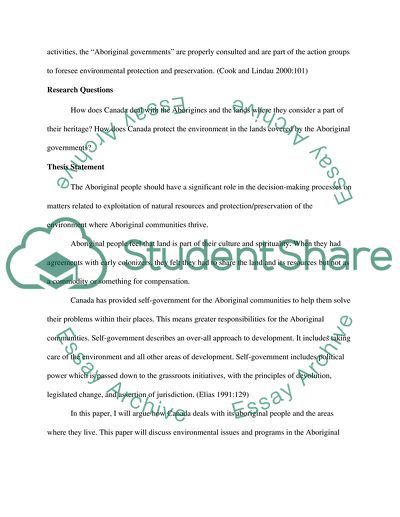Cite this document
(Canadas Environmental Program for the Aboriginal Communities Term Paper, n.d.)
Canadas Environmental Program for the Aboriginal Communities Term Paper. Retrieved from https://studentshare.org/politics/1778004-global-devlopment-study
Canadas Environmental Program for the Aboriginal Communities Term Paper. Retrieved from https://studentshare.org/politics/1778004-global-devlopment-study
(Canadas Environmental Program for the Aboriginal Communities Term Paper)
Canadas Environmental Program for the Aboriginal Communities Term Paper. https://studentshare.org/politics/1778004-global-devlopment-study.
Canadas Environmental Program for the Aboriginal Communities Term Paper. https://studentshare.org/politics/1778004-global-devlopment-study.
“Canadas Environmental Program for the Aboriginal Communities Term Paper”, n.d. https://studentshare.org/politics/1778004-global-devlopment-study.


